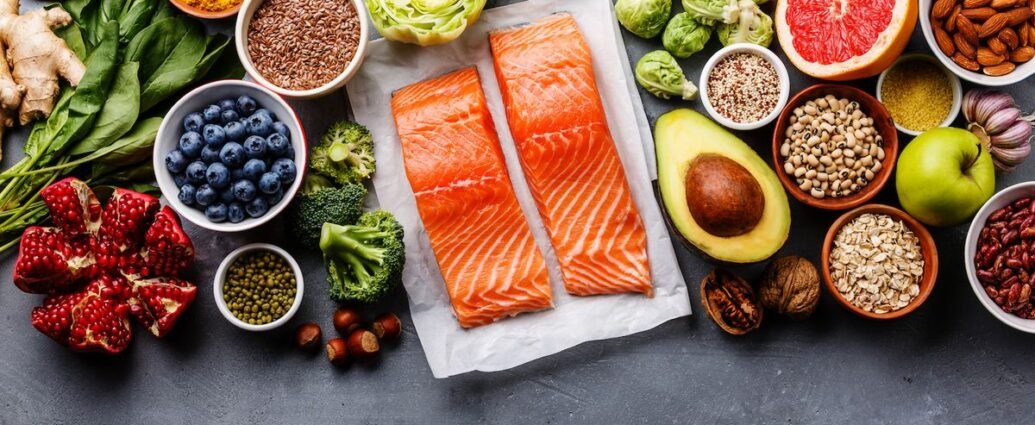The term superfoods, has become quite fashionable in the last decade, and this nomenclature is attributed to those foods, mostly of plant origin, but where some fish and dairy products are also included, which are considered to have nutritional properties greater than other foods such as good fats, a high concentration of antioxidants or vitamins and are therefore excellent for health.
What are superfoods?
Blueberries, salmon, kale, and acaí are just a few examples of foods that have been labeled as superfoods. However, although much talk about the term, there are no established criteria today to determine what is and what is not a superfood, according to the American Heart Association (AHA).
These famous superfoods contain a variety of nutrients, such as antioxidants, which are believed to help prevent cancer.
Eating superfoods is a good idea, but the key to a healthy diet is to consume variety.
They also contain healthy fats, very good at preventing heart disease; fiber, excellent in the prevention of diabetes and digestive problems; and phytochemicals: the chemical elements of the plants responsible for deep colors and smells, which can have numerous health benefits. Eating foods that are full of nutrients (like many of the so-called superfoods) is clearly a good idea, but the key to a healthy diet is to consume a good variety of nutritious foods in the right amounts.
What are the world’s superfoods?
Within the superfoods, some are more popular as they are considered “powerful superfoods.”
The cabbage
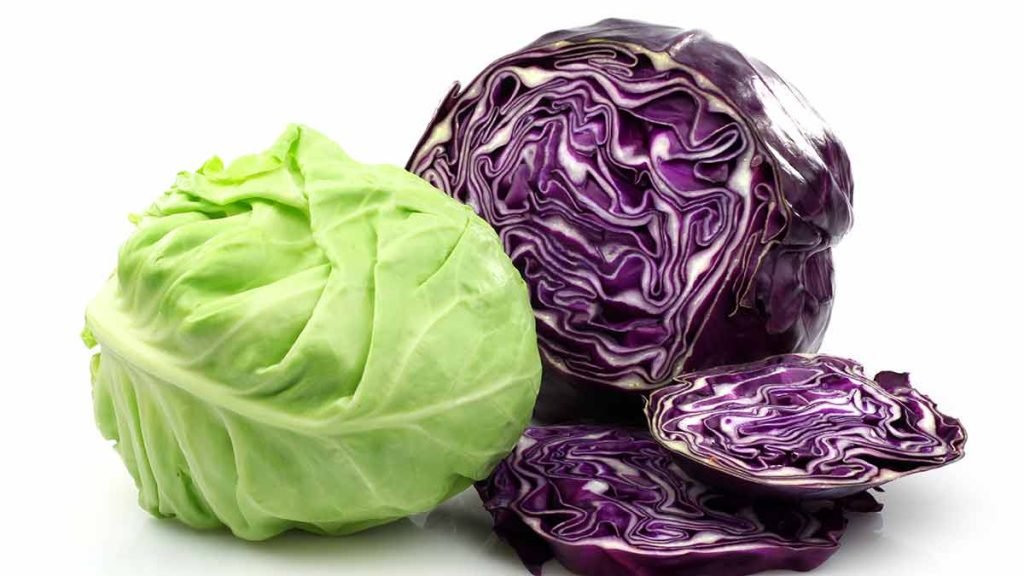
The kale is also considered a superfood, as well as most green leafy vegetables: chard, cabbage, mustard greens (including radish leaves), spinach (and others from the amaran family) and cabbage. Broccoli is also part of that list. These dark vegetables are loaded with vitamins A, C, and K, as well as fiber, calcium, and other minerals.
The blueberries
Blueberries often top many superfood lists thanks to their health benefits and their high vitamin, soluble fiber, and phytochemical content. But the same nutrients found in blueberries are also found in many other types of berries, including strawberries and blueberries. A 2013 study published in the journal Circulation found that a high intake of phytochemicals known as flavonoids, which are found in blueberries and other berries, may reduce the risk of certain heart conditions in young women.
Sweet potatoes and pumpkin
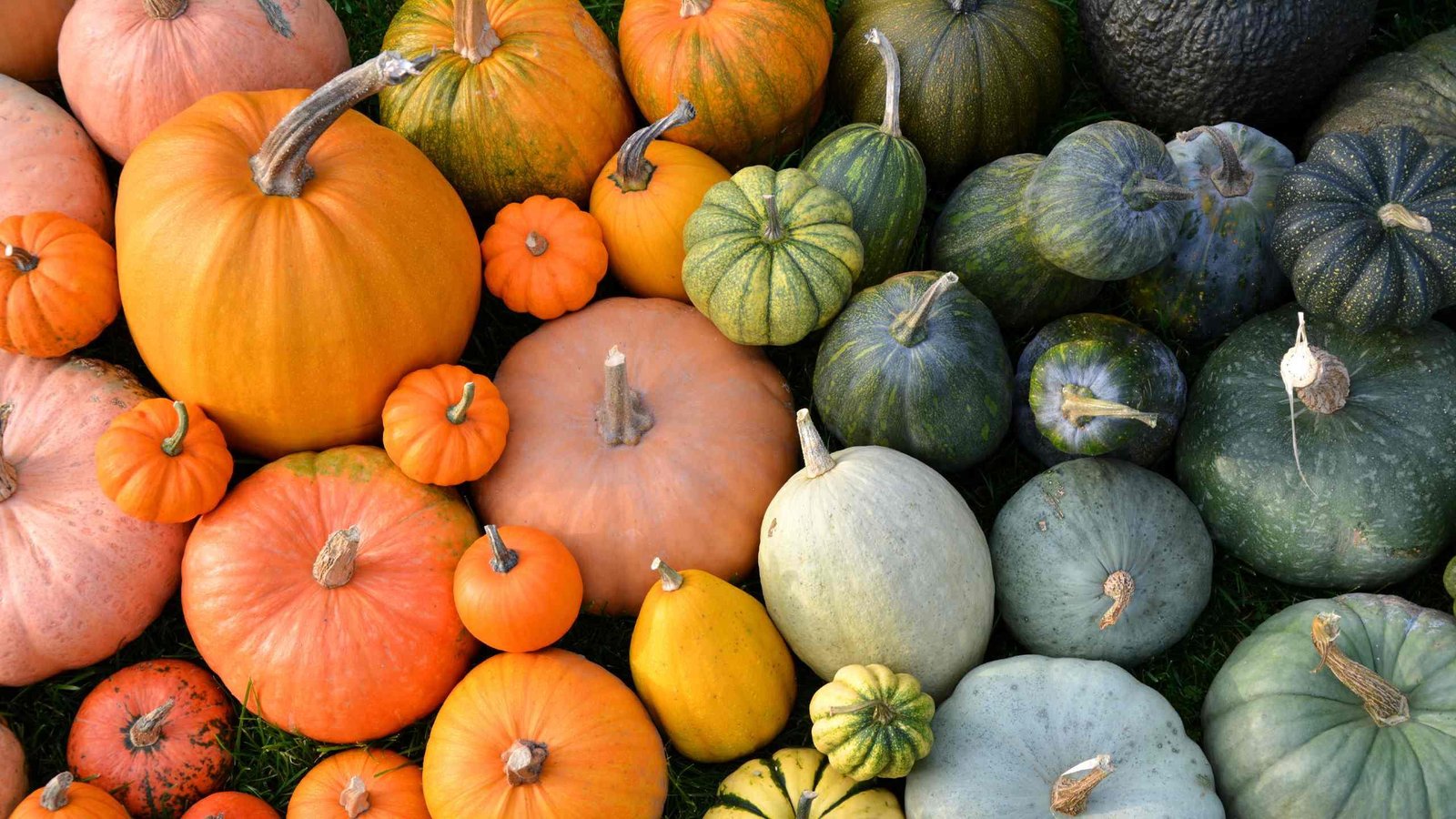
Sweet potatoes and squash are good for similar reasons as those listed for leafy greens. Both types of foods are generally excellent sources of fiber, vitamin A, and more. They’re also naturally sweet and don’t require some of the extra seasonings like butter, cream, or salt that are commonly added to potatoes.
The Quinoa
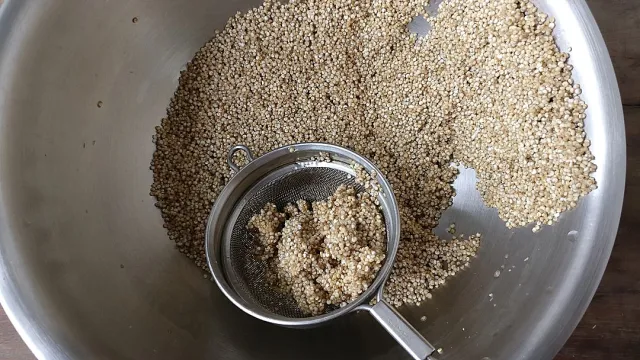
The quinoa is not a grain, but it is cooked as one, and is also a remarkable source of protein, vitamins, minerals, fiber, and antioxidants. Nuts and seeds contain high levels of healthy minerals and fats, although they have a disadvantage and are high in calories. A small handful of nuts could contain more than 100 calories
Beans
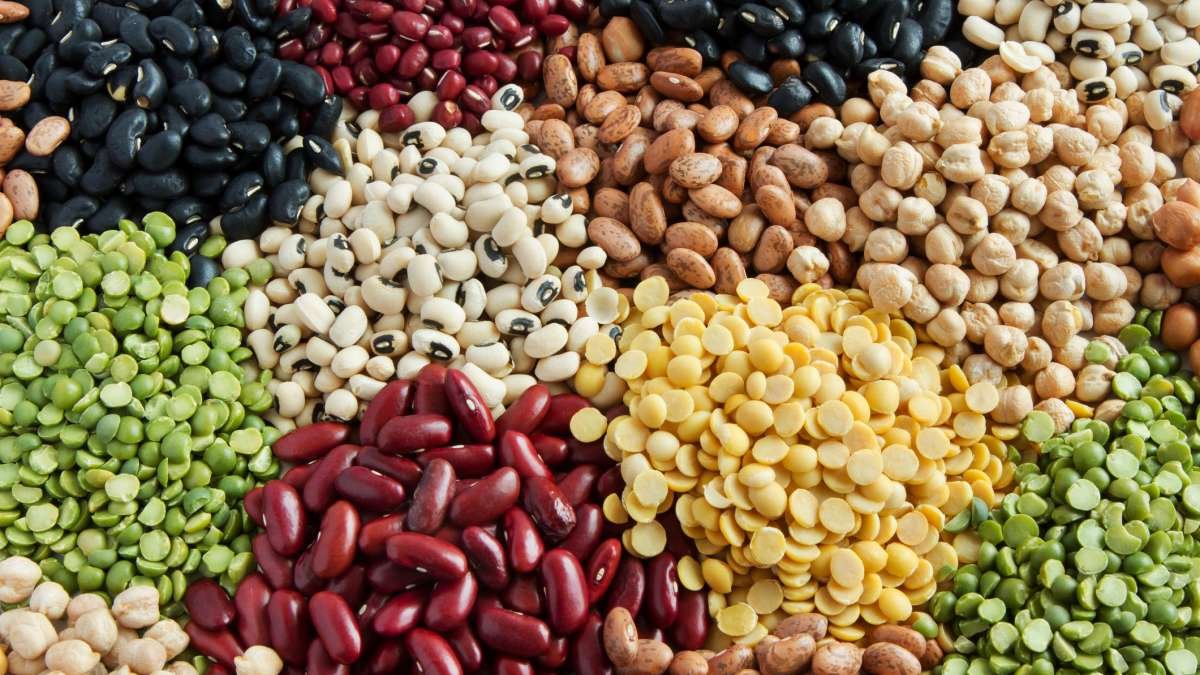
Beans are a source of low-fat protein. They contain insoluble fiber, which reduces cholesterol; soluble fiber, which provides a longer taste of satiety; and many vitamins and trace elements. Whole grains—so called because, unlike refined grains, their nutrient-containing bran and sprouted portion are not removed during processing—have similar benefits to those found in beans, although they don’t contain as much protein.
Exotic fruits

On almost any list of superfoods, we will surely find an exotic fruit of the year. It can be açaí berry, noni fruit, dragon fruit, rambutan, or pomegranate. These fruits have their characteristic properties, but there is no scientific work to show that they are healthier than other, “less exotic” (and therefore less expensive) fruits, such as blueberries. Some of these fruits may be particularly dense in certain types of nutrients. Pomegranate, for example, contains the (elaic acid) that can contain anticancer properties. But red raspberries, which are possibly as delicious as pomegranate seeds, also contain ellagic acid.
The salmon
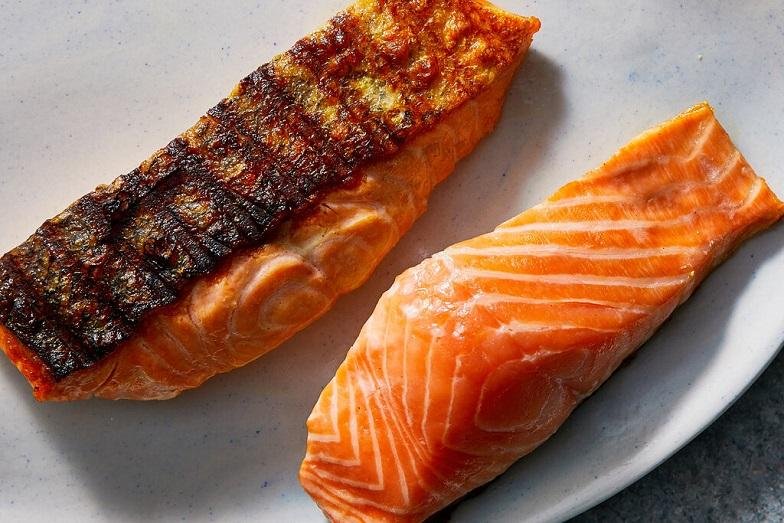
Salmon, sardines, mackerel, eel, and some other fish are foods rich in Omega-3 fatty acids, which are believed to reduce the risk of heart disease and stroke.
Criticisms of the term ‘superfood’
Scientists claim that the use of the term “superfood” is merely a marketing strategy, unrooted in scientific research.
Another wake-up call to use this term is that while food itself can be healthy, processing may not be. For example, when green tea is freshly made, it has several antioxidants. However, commercially manufactured bottled green teas are often cut with lower teas and made with large amounts of sugar, so account must be taken of the contraindications of green tea. Many types of super juices extracted from the aaa’a, noni fruit, and pomegranate may also include large amounts of added sugar.
Similarly, whole grains are often processed to make them tastier, but this makes them less healthy. For example, instant whole-grain oatmeal is just as unhealthy as excessively processed white bread, as they rapidly increase sugar levels in the bloodstream.
The most important thing is to keep in mind that you have to try to make a balanced diet, and not just think that those foods that qualify as super healthy can be eaten in unlimited amounts, as gaining weight can be quite simple. Superfoods can be a good entry to a healthy diet, and understanding the nutritional value of foods consumed is a big step, but there are many healthy foods to explore, even if no one considers them super.
